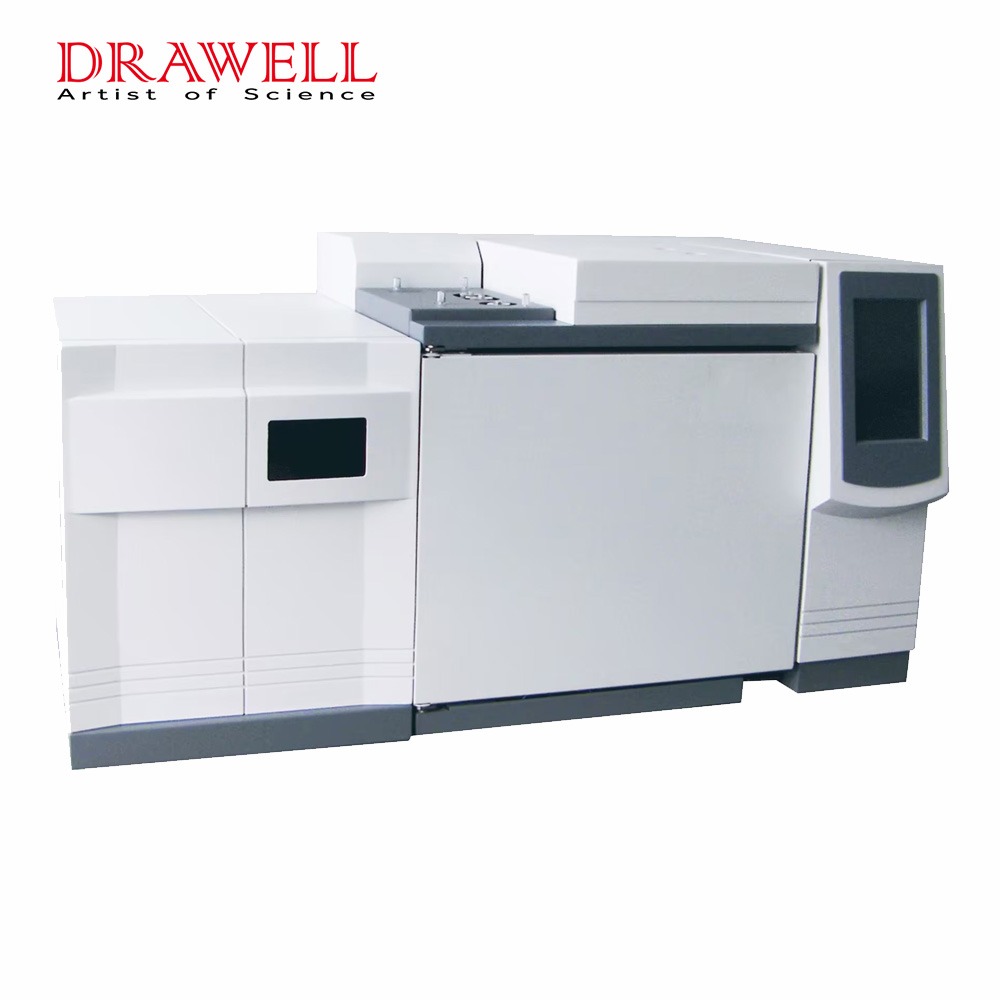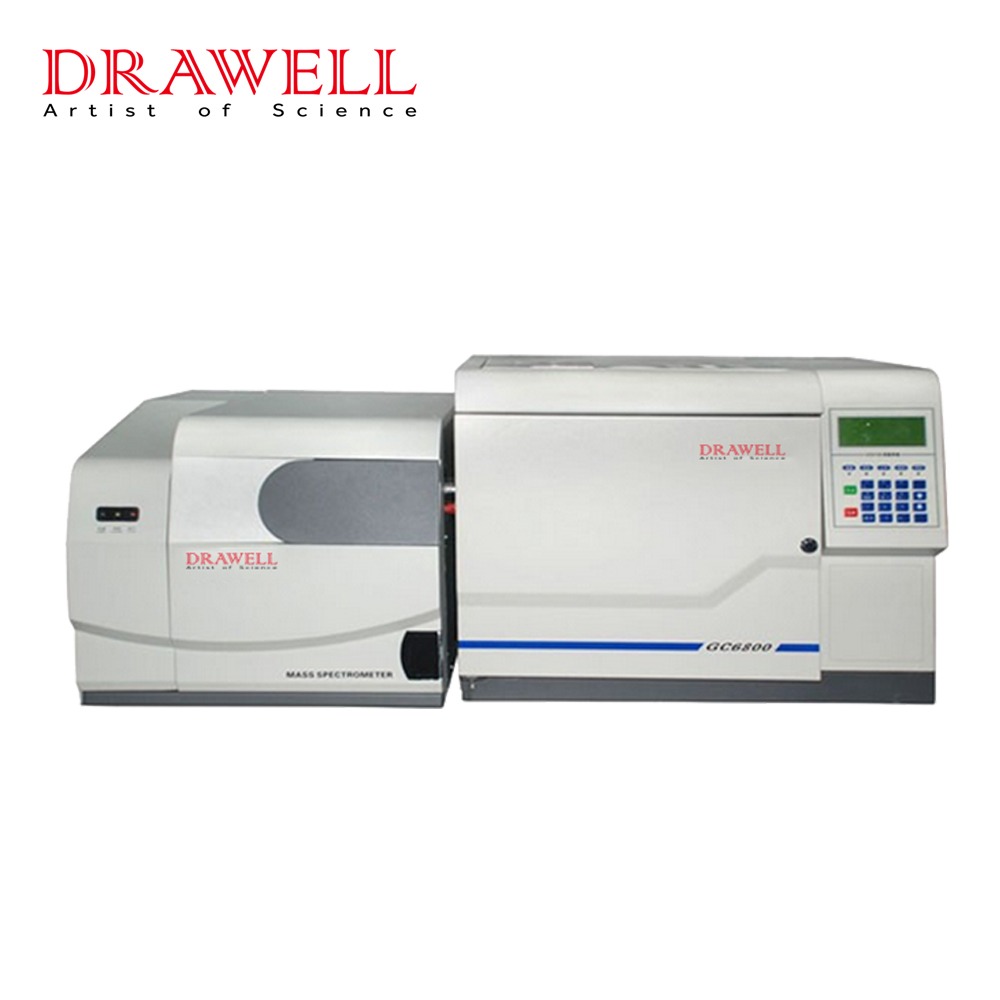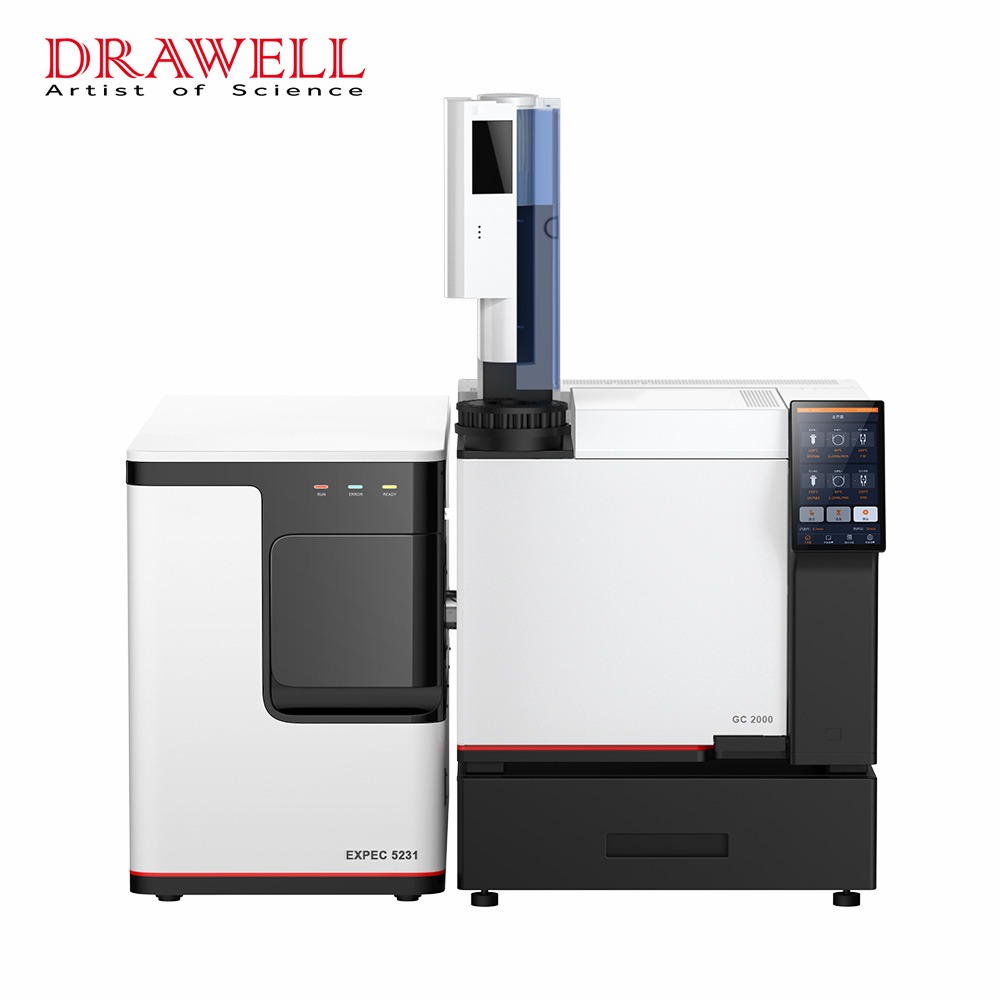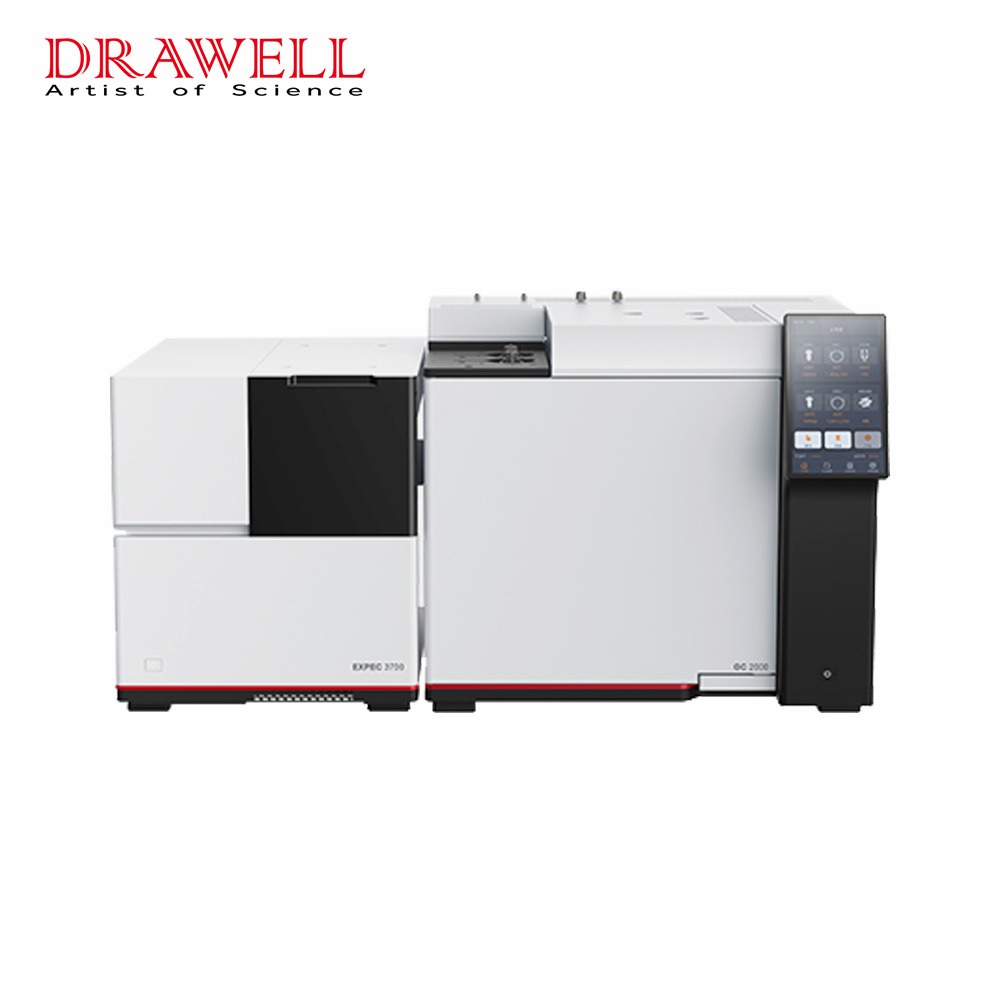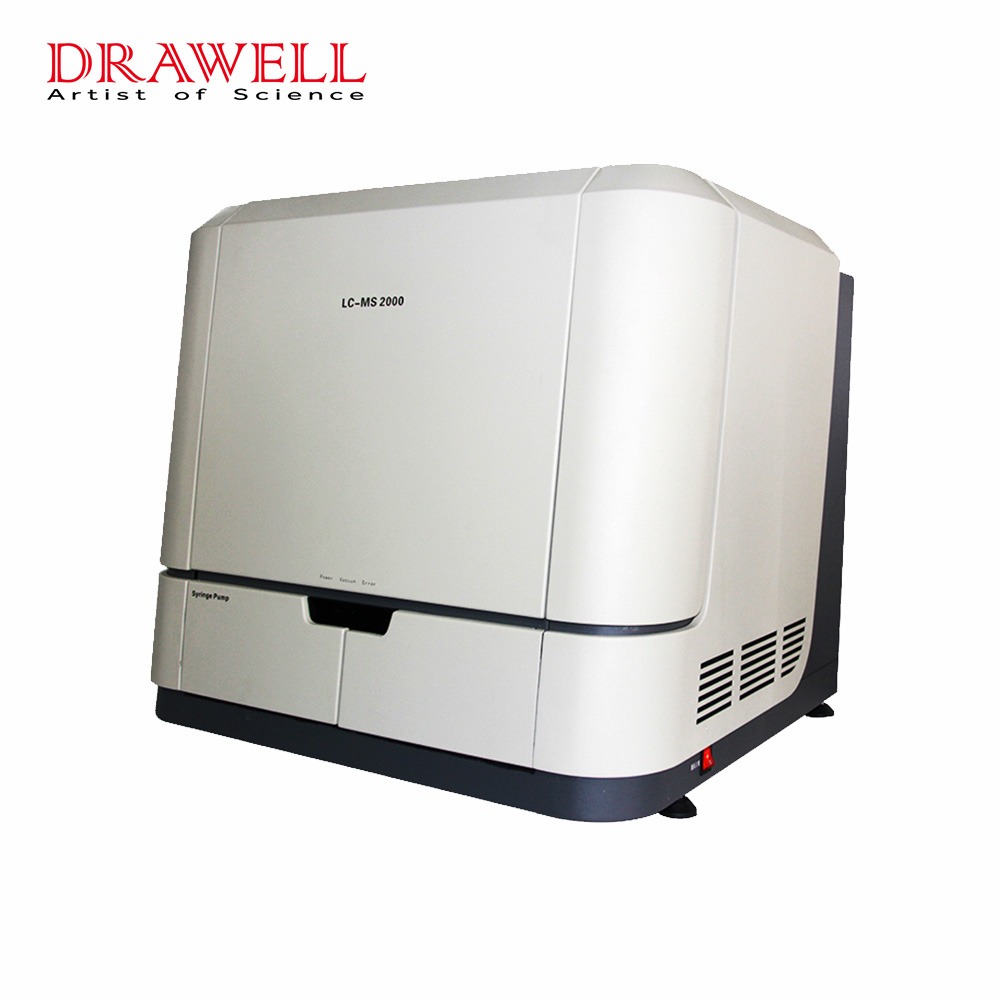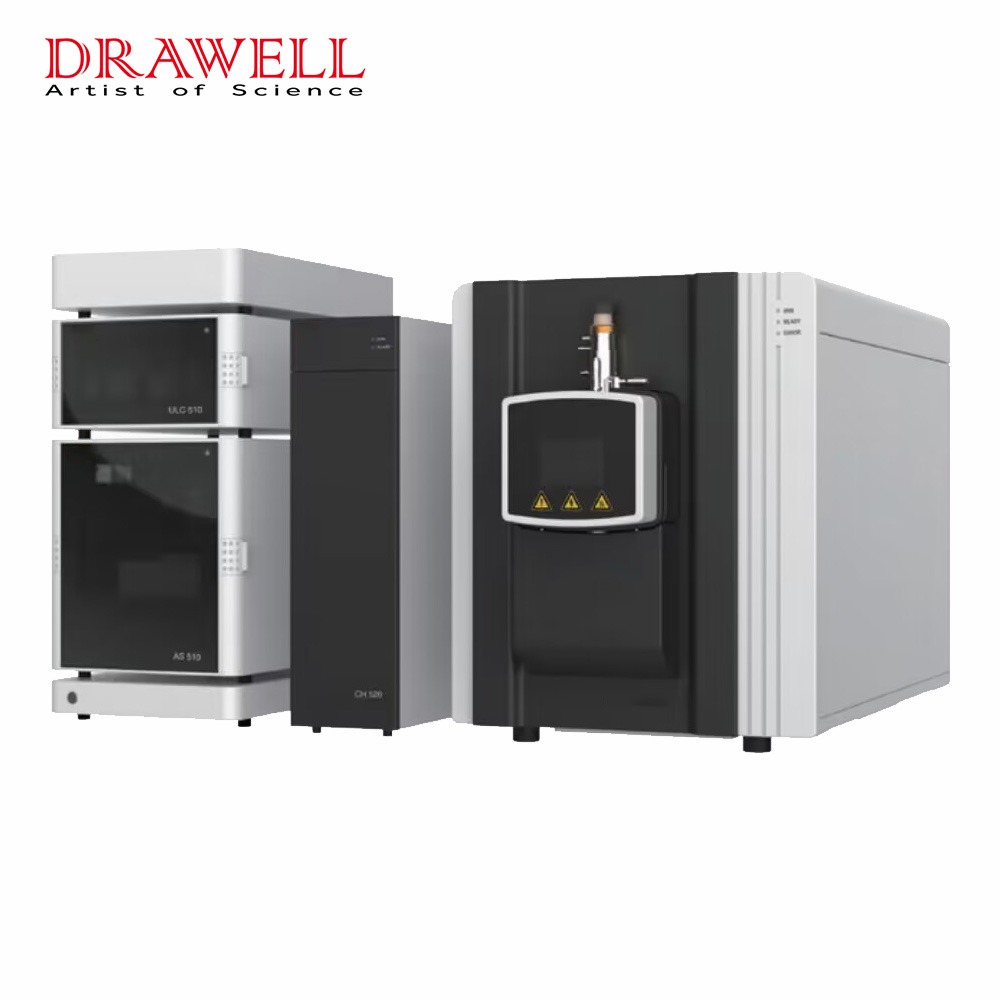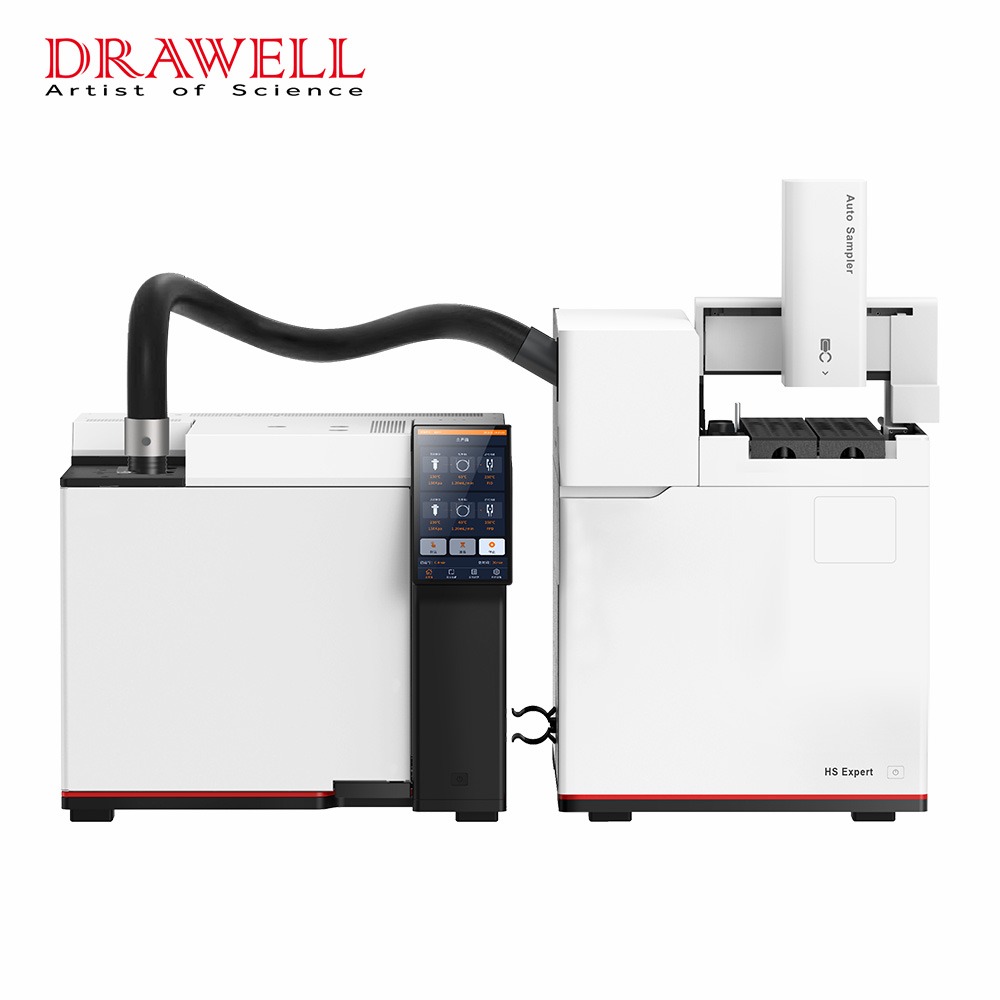Gas chromatography is a chromatographic technique that separates and analyzes compounds that are easy to volatilize without being decomposed in organic chemistry. Typical uses of gas chromatography include testing the purity of a specific compound and separating the components of the mixture (and at the same time determining the relative content of each component). In some cases, gas chromatography can also determine the characterization of the compound. In micro-chemical experiments, gas chromatography can be used to prepare pure products from mixtures.
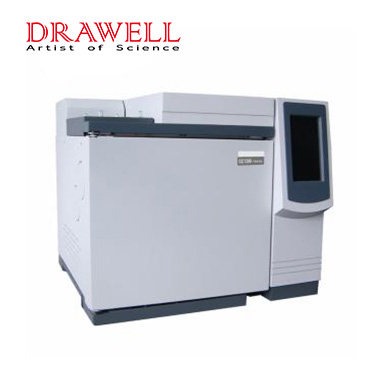
As a laboratory technician or purchaser of chromatography, you must know some knowledge of chromatography. This article has compiled a summary of the 32 knowledge points of gas chromatography for everyone, and I hope to help you.
1. Gas Chromatography (GC):
A chromatographic analysis method using gas as the mobile phase.
2. Gas chromatography requires samples:
Vaporization, which is not suitable for most compounds with high boiling points and is thermally unstable, and it is more difficult to analyze substances with strong corrosive and reactive properties. Approximately 15% to 20% of organic matter can be analyzed by gas chromatography.
3. The composition of the gas chromatograph:
Gas circuit system, sampling system, separation system, detection system, temperature control system, recording system.
4. Pneumatic system:
Including gas source, purifier, and carrier gas flow rate control; commonly used carrier gases are: hydrogen, nitrogen, helium.
5. The sampling system includes a sampling device, a vaporization chamber, and a gas sampler (six-port valve):
The sample is first filled with the quantitative loop, and after cutting in, the carrier gas carries the sample gas in the quantitative loop into the separation column; liquid sampler: micro syringes of different specifications, Packed column chromatography is usually 10μL; 1μL is used for capillary chromatography; The new instrument has a fully automatic liquid sampler, cleaning, flushing, sample injection, sample injection, sample change, and other processes are automatically completed, and dozens of samples can be placed at a time.
6. There are two types of injection methods:
Split injection and splitless injection. Split injection means that the sample is vaporized in the vaporization chamber, most of the vapor is discharged through the split tube, and only a small part is introduced into the chromatographic column by the carrier gas; splitless injection means that the sample is directly injected into the vaporization chamber of the chromatograph, and after volatilization, It will be all introduced into the chromatographic column.
7. Separation system: Chromatographic column:
Packed column (2~6mm diameter, 1~5m length), capillary column (0.1~0.5mm diameter, tens of meters long).
8. The function of the temperature control system:
Temperature is an important selection parameter for the chromatographic separation conditions; the gasification chamber, the column thermostat, and the detector all need to control the temperature during the operation of the chromatography; the gasification chamber: to ensure the instantaneous vaporization of the liquid sample; Detector: to ensure that the separated components do not condense here when passing through; chromatographic column thermostat: accurately control the temperature required for separation.
9. Detection system: Function:
Convert the amount of each component after chromatographic separation into a measurable electrical signal; Indicators: sensitivity, linear range, response speed, structure, versatility, universal type-response to all substances; exclusive Type-high sensitive response to specific substances; detector type: concentration detector: thermal conductivity detector, electron capture detector; mass detector: hydrogen flame ionization detector, flame photometric detector.
10. The main characteristics of the thermal conductivity detector:
Simple structure, good stability; response to both inorganic and organic matter, does not damage the sample; the sensitivity is not high.
11. The characteristics of the hydrogen flame ionization detector: advantages:
- Atypical quality detector;
- A general-purpose detector (for measuring organic matter containing C);
- The hydrogen flame detector has a simple structure, good stability, High sensitivity, rapid response, small dead volume, wide linear range, etc.;
- The sensitivity of the thermal conductivity detector is nearly 3 orders of magnitude higher, and the detection limit can reach 10-12g·g-1; Disadvantages: (1) High requirements for carrier gas; (2) The sample must be destroyed during testing, and the sample cannot be recovered; (3) Permanent gas, water, carbon tetrachloride, etc. cannot be detected.
12. The characteristics of the electron capture detector:
It has a strong response to halogen, sulfur, phosphorus, nitrogen, and oxygen; it has high sensitivity and can be used for the analysis of trace pesticide residues; it has a narrow linear range.
13. Flame Photometric Detector (FPD):
It is a detector with high selectivity for sulfur and phosphorus compounds. Sulfur and phosphorus compounds burn in a hydrogen-rich flame and are broken into organic fragments, emitting characteristic spectra of different wavelengths.
14. Stationary phase: solid stationary phase:
Solid adsorbent; liquid stationary phase: composed of carrier and stationary liquid; polymer stationary phase.
15. Solid stationary phase:
Generally, a solid adsorbent, commonly used is activated carbon, silica gel, alumina, and molecular sieves. Advantages: large adsorption capacity, good thermal stability, and low price; disadvantages: low column efficiency, the adsorption active center is easy to be poisoned, and it needs to be activated before use. Application: Mainly used for inert gases, H2, O2, N2, CO, CO2, CH4, and other general gases and low boiling point substances.
16. Conditions that the substance used as a carrier should meet:
The surface has a microporous structure, uniform pore size, and large specific surface area; chemically and physically inert, that is, no chemical reaction with sample components, no adsorption or weak adsorption; good thermal stability; certain mechanical strength and wettability, Not easy to break; has a certain particle size and regular shape, preferably spherical.
17. Requirements for the stationary liquid:
It is a liquid at the temperature of use and has low volatility; it has good thermal stability; it should have an appropriate distribution coefficient for each component to be separated; it has good chemical stability and is not compatible with the sample group Any chemical reaction occurs between the carrier gas, the carrier gas, and the carrier.
18. Classification of fixatives:
Non-polar fixatives, medium-polarity fixatives, strong-polarity fixatives, hydrogen-bonded fixatives.
19. Medium polarity fixative:
It is composed of a larger alkyl group and a small number of polar groups or groups that can induce polarization. The forces between them and the molecules of the substance to be tested are mainly dispersion force and inducing force. Peaks appear in order of boiling point, and non-polar components with the same boiling point appear first. Commonly used fixatives include vinyl phthalate, polyester, etc., which are suitable for the analysis of weak and medium polar compounds.
20. Choice of fixative:
- Select according to the principle of similar polarity: similar polarity, high solubility, large distribution coefficient, and long retention time;
- Select according to the similarity of functional groups: esters-ester or polyester fixatives; alcohols-polyethylene glycol fixatives.
- Select according to the main difference: the boiling point of each component is the main difference-non-polar stationary liquid; the polarity is the main difference-polar stationary liquid.
- Choose a mixed fixative: For complex samples that are difficult to separate, two or more fixatives can be used.
21. Column temperature selection:
- First, the column temperature should be controlled within the range of the highest operating temperature of the stationary liquid (the stationary liquid is easy to lose if the temperature is exceeded) and the lowest operating temperature (the stationary liquid is in the solid form below this temperature).
- Increasing the column temperature can improve the mass transfer resistance, which is conducive to improving column efficiency and shortening the analysis time, but it reduces the capacity factor and selectivity, which is not conducive to separation. The general principle is: on the premise of separating the most difficult components as much as possible, try to use a lower column temperature, but with a suitable retention time and peak shape without tailing.
- The column temperature is generally chosen to be close to or slightly lower than the average boiling point of the components.
- For samples with complex compositions and a wide boiling range, the temperature is programmed.
22. Hydrogen-bonded stationary liquid:
It is a special type of strong polar stationary liquid. The force between the molecules of the substance to be tested is mainly hydrogen-bonding force, and the composition peaks according to the difficulty of forming hydrogen bonds, and it is not easy to form hydrogen bonds. The components of the first peak. Commonly used fixatives include polyethylene glycol, triethanolamine, etc., which are suitable for the analysis of compounds containing F, N, O, etc.
23. The selection of fixer needs to consider the following indicators:
- Select according to the principle of similar polarity: similar polarity, high solubility, large distribution coefficient, and long retention time;
- Select according to the similarity of functional groups: ester-ester or polyester fixing liquid; alcohol-polyethylene glycol fixing agent.
- Select according to the main difference: the main difference in the boiling point of each component-non-polar stationary liquid; polarity is the main stationary liquid with different polarities.
Choose a mixed fixative: For complex samples that are difficult to separate, two or more fixatives can be used.

